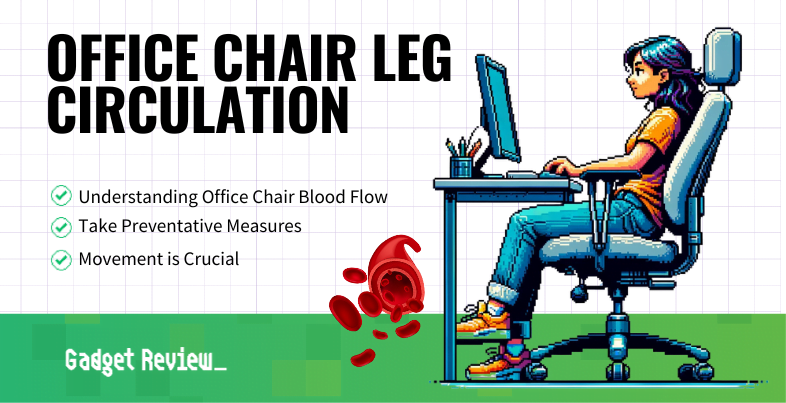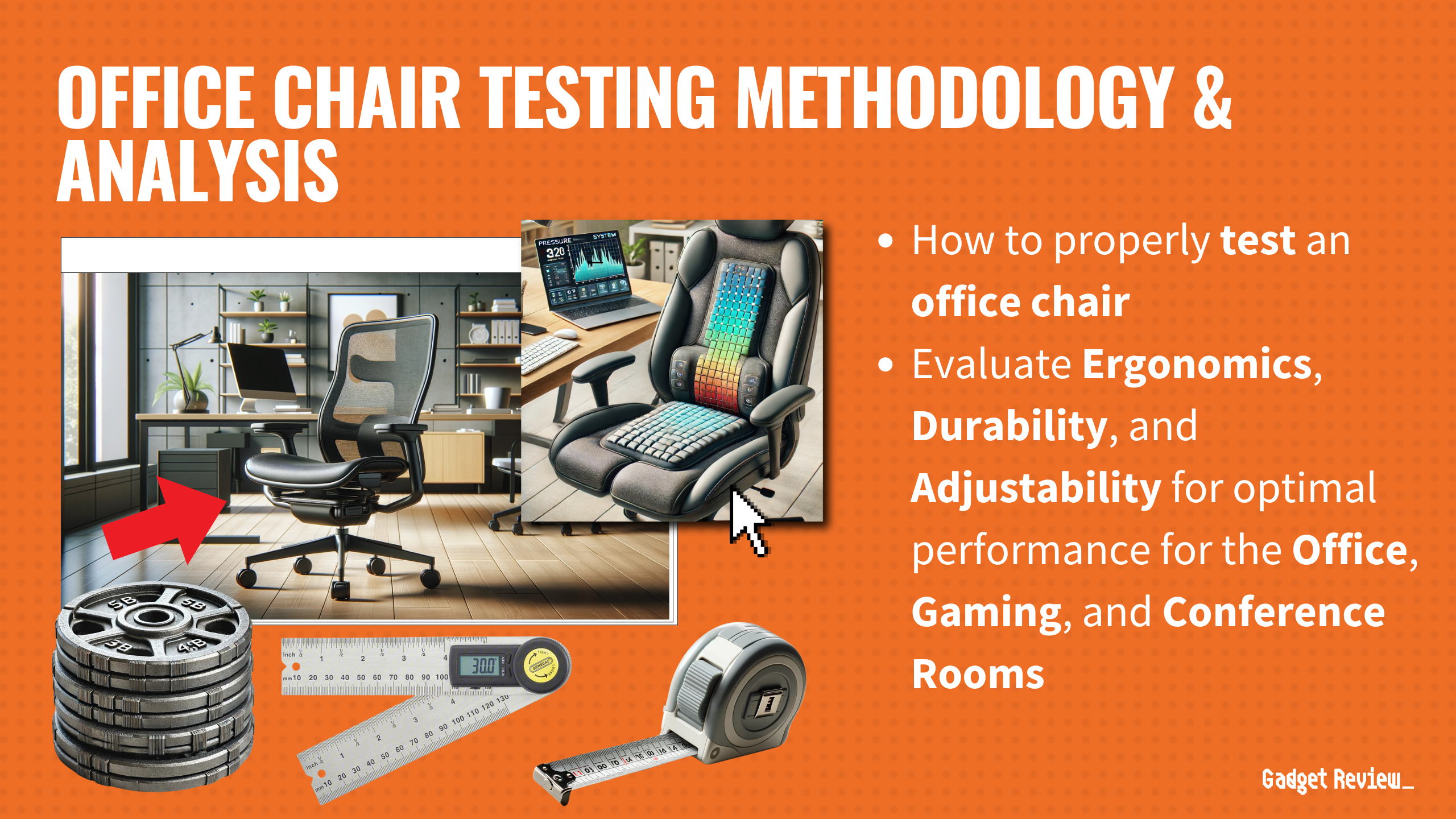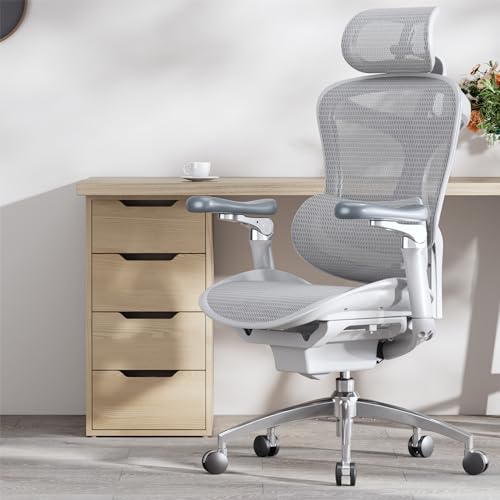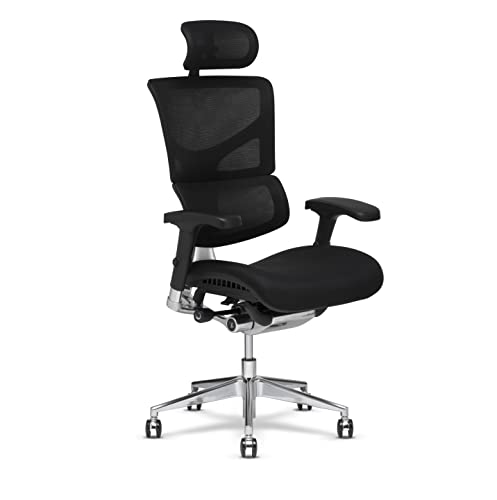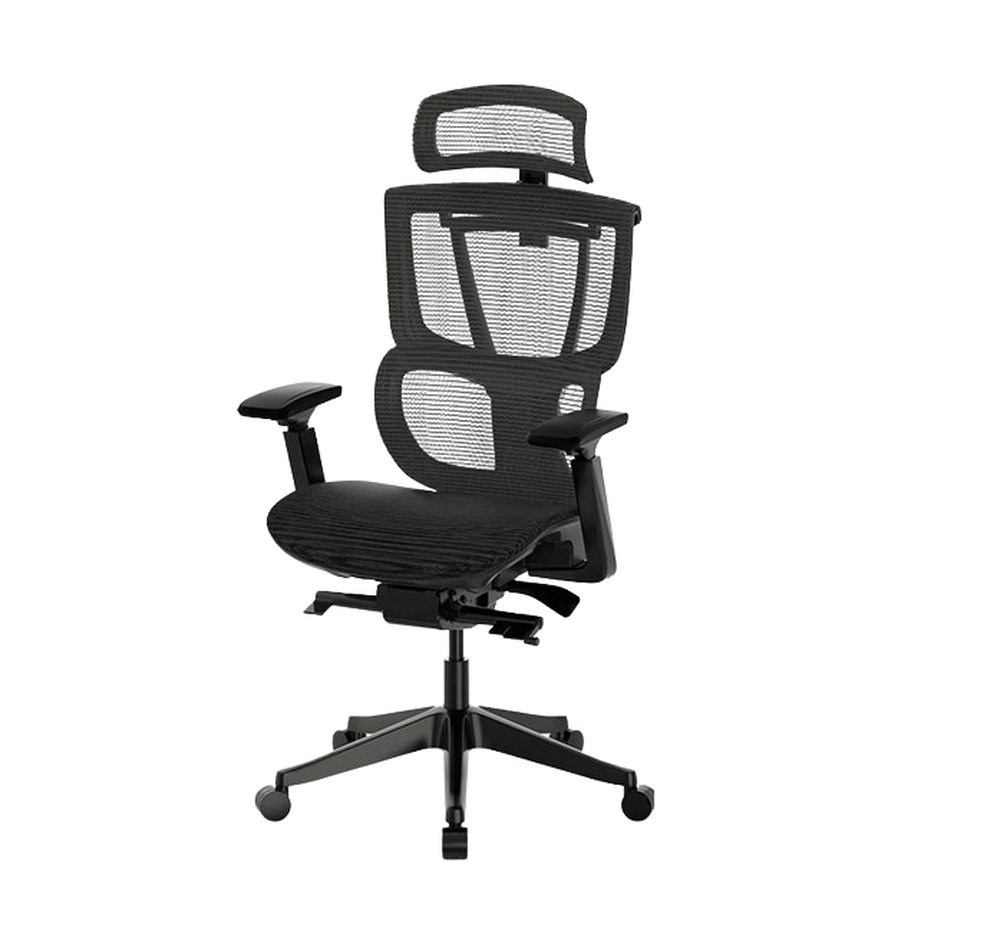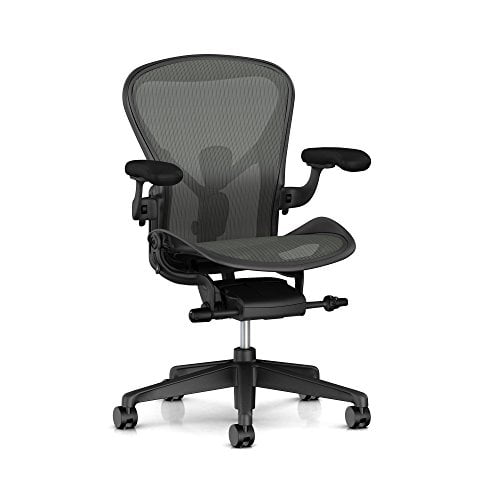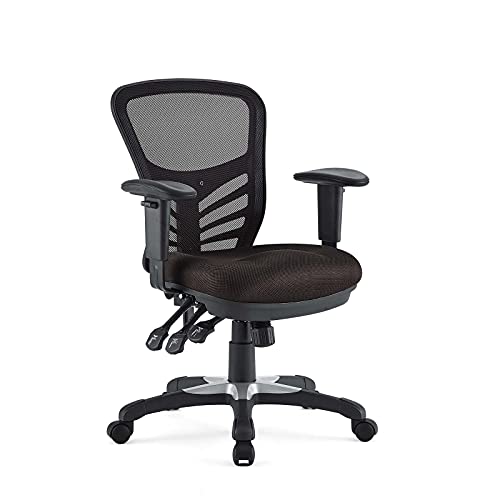Ever wonder why your legs feel weird after sitting too long? Along with all that sitting, slouching, and limited movement impede blood flow and increase the risk for circulatory issues. Investing in an excellent office chair designed for ergonomic support can help with not hindering circulation and improving comfort during those long hours at the desk.
So what is office chair blood flow? It refers to the circulation of blood through the body while seated in an office chair, particularly during extended periods of desk work.
Importance of Circulation Concerning Office Chair Blood Flow
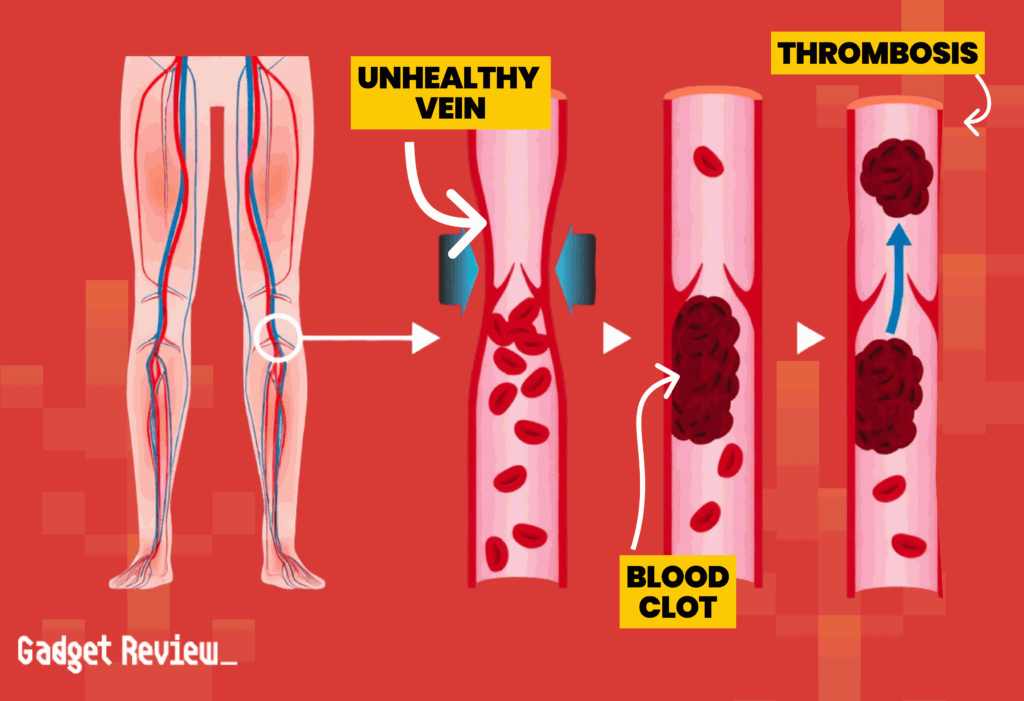
Proper blood flow while seated is crucial to avoid health issues such as:
- Swelling (edema)
- Blood clots
- Stroke
- Deep Vein Thrombosis (DVT)
Sitting is considered the “new smoking.” However, it doesn’t mean that sitting for short periods is deadly.
Luckily, there are ways to reduce your risk of health issues concerning sitting.
Office Chair Blood Flow: Preventative Measures

The overall goal is to ensure your legs get proper blood flow. You can do this by following these steps:
1 Switch Between Sitting & Standing
Change your position to maintain circulation in your lower body. Use a timer to remind you how often to move.
2 Stretch and Move
Use light exercises and stretching during breaks to keep blood flowing.
STAT: The WHO reports that ~2.8 million annual deaths are linked to lack of physical activity.
3 Practice Active Sitting
Use a chair or stool, like a kneeling chair, that promotes balance to keep muscles active and engaged. Even just the slight squeezing of your thighs can help improve circulation.
4 Chair Design
The front lip of the chair should be down-turned. This avoids adding extra pressure on the back of the thighs.
5 Wear Compression Socks
Compression socks enhance circulation and prevent fluid leakage by applying consistent pressure to the legs.
They may take a little time getting used to, but they’re great at preventing edema in the legs.
STAT: The CDC notes that pulmonary embolism kills approximately 100,000 to 300,000 individuals annually in the US.
6 Increase Your Water Intake
Instead of a million cups of coffee or cans of soda, opt for water. Water helps improve digestion and overall circulation, especially in the limbs.
7 Take Breaks Frequently
To stimulate the circulatory system and prevent blood from pooling in your feet, strive to take a break once an hour or every half hour for best results.
8 Use a Standing Desk
If none of the suggestions above work for you, then you’ll want to invest in a standing desk.
Newer standing desk designs alternate between sitting and standing. These desks have hydraulics installed to lift the desk to standing levels with just a push of a button.
STAT: According to the AHA, 1 in 10 people in the US will develop DVT at some point in their lives.
Additionally, if you decide to use a standing desk, you’ll also want an anti-fatigue mat to stand on.
This thick mat helps to improve circulation and comfort while you stand at your desk.
Movement Is Key to Improving Office Chair Blood Flow
Simple activities, breaks, hydration, and stretching can significantly counteract circulation issues due to sitting for long periods in an office chair.

